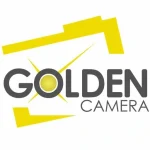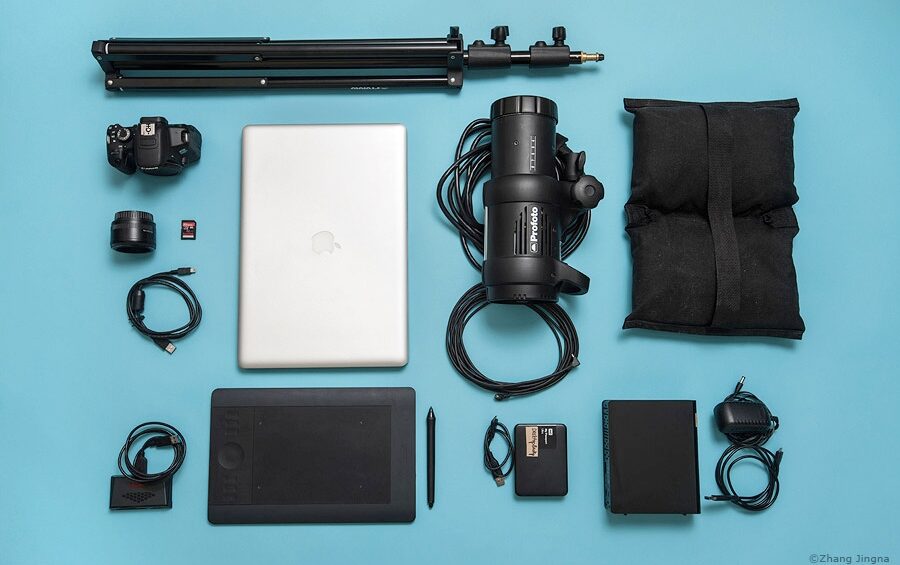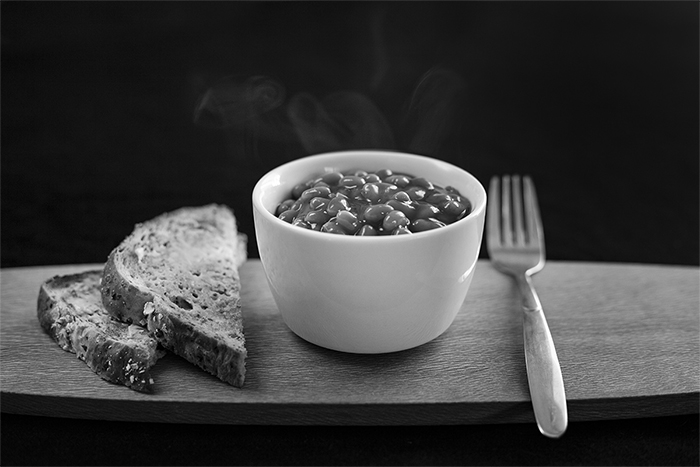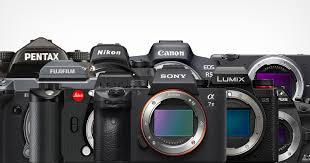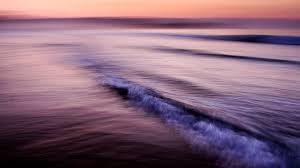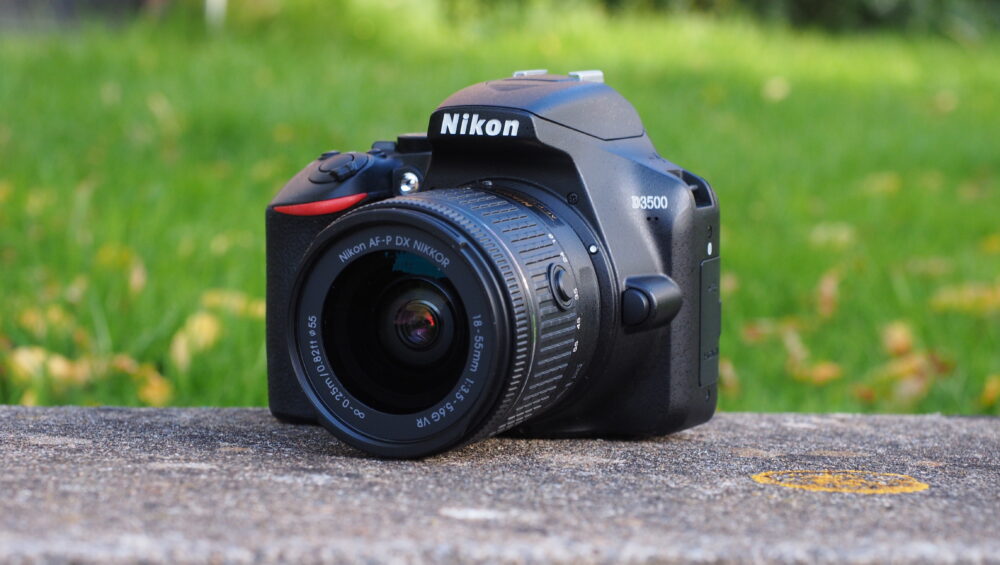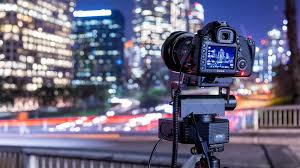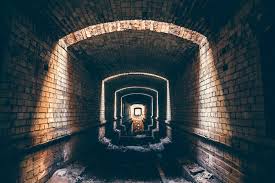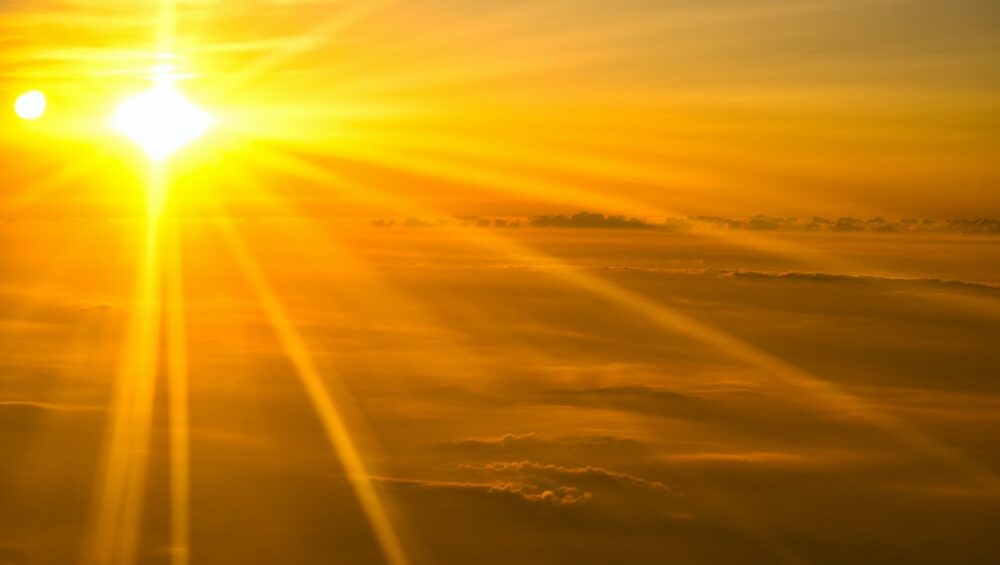
Best Camera Brand – Canon vs. Nikon vs. Sony vs Panasonic
When it comes to full package cameras, four brands that come to everyone mind are– Canon, Nikon, Sony and Panasonic. All four brands create brilliant cameras and optics. So the difficult question remains, how would you choose between Canon vs Nikon vs Sony vs Panasonic?
All four offer excellent cameras for professionals and entry-level options for beginners. But once you used to one brand, switching becomes tough and expensive. You need to swap lenses and flashes too.
Choosing the right brand from the start is very important. To help you make that choice, we have put together all you need to know about Nikon vs Canon vs Sony vs Panasonic.
Canon
Canon has just about every lens you can imagine, including an incredible series of tilt-shift lenses. Canon also covers the entire price spectrum.
Canon bodies also have great ergonomics. They always felt great in my hands, and I really like the new mirrorless EOS R.
So what’s wrong with Canon? Well, I think they can add new features to their camera bodies for more options.
Nikon
There’s nothing horribly wrong with Nikon… but I find it hard to get excited about anything.
The Nikon D850 might be the greatest DSLR ever made, but its new mirrorless Z6 and Z7 cameras just don’t stand out from the pack.
Yes, Nikon makes great lenses, but Canon edges them out in terms of sheer selection and ingenuity.
Sony
Sony releases new cameras so fast that resale value isn’t so great (this is good if you buy used), and the lenses are on the expensive side. Sony lenses have a reputation for being overpriced
Still, pound-for-pound, Sony is the mirrorless King right now — at least until Canon and Nikon release more mirrorless lenses.
Panasonic
Panasonic makes excellent video-centric cameras in both the full-frame (S1 series) and micro 4/3 segments (GH series).
The S1/S1R cameras are freaking enormous. Pentax 67 of mirrorless are even bigger than most DSLR’s! And unfortunately, there are only a small number of lenses available, and they are all expensive.
The micro 4/3 cameras like the GH5 and G85 are very nice, but it is hard to get excited about them outside of video.
Best DSLR Brands for Video? Canon vs Nikon vs Sony vs Panasonic Cameras!
When you are choosing a DSLR for video, it can be difficult to know where to start. There are some BIG differences between the major brands like Panasonic, Sony, Canon and Nikon! Choosing the ‘Best Camera Brand’ is not a clean cut decision though… Which is ‘Best’ is highly subjective, and what works for you may not work so well for others…
While all individual DSLR (and mirrorless) camera models are unique, each of the brands has it’s own approach to software, features and functionality that tend to carry across the range – meaning that some brands are better suited for some requirements and workflows than others.
Whether you are in the market to purchase and looking to compare cameras & DSLR brands to find the best DSLR Camera for you, or you’re happy with your current model and just wondering what it’s like on ‘the other side’, then this video is designed to help provide an additional perspective.
Please let us know do you agree that we are in the golden age of cameras? Also, what brand is more attractive to you.
For guidance of camera equipment please contact us.

